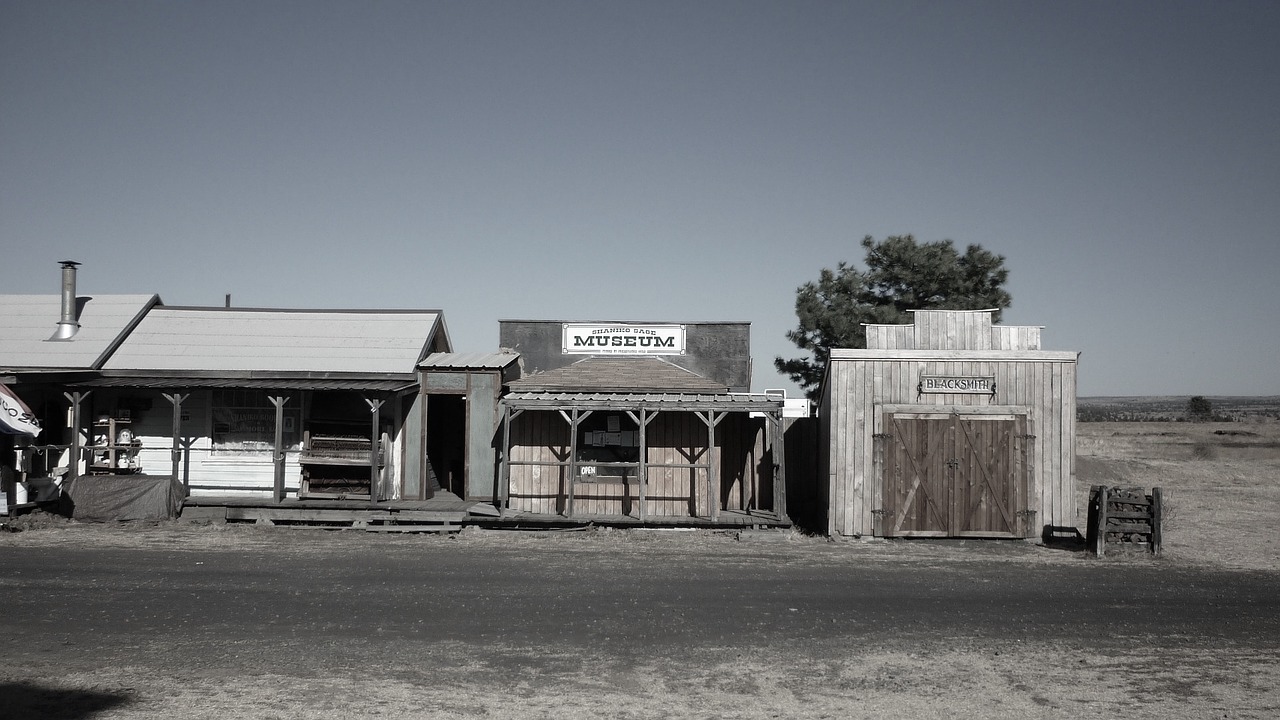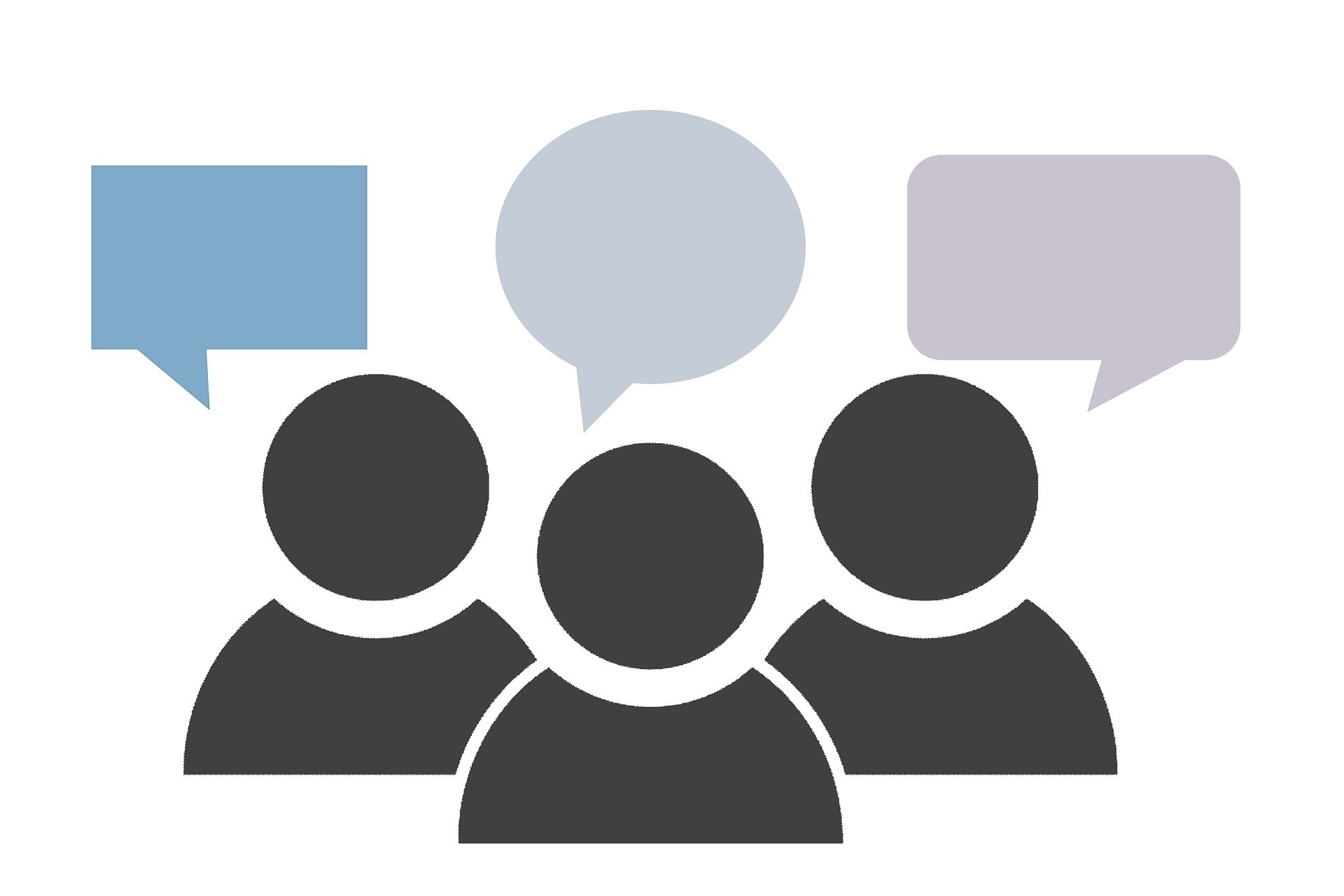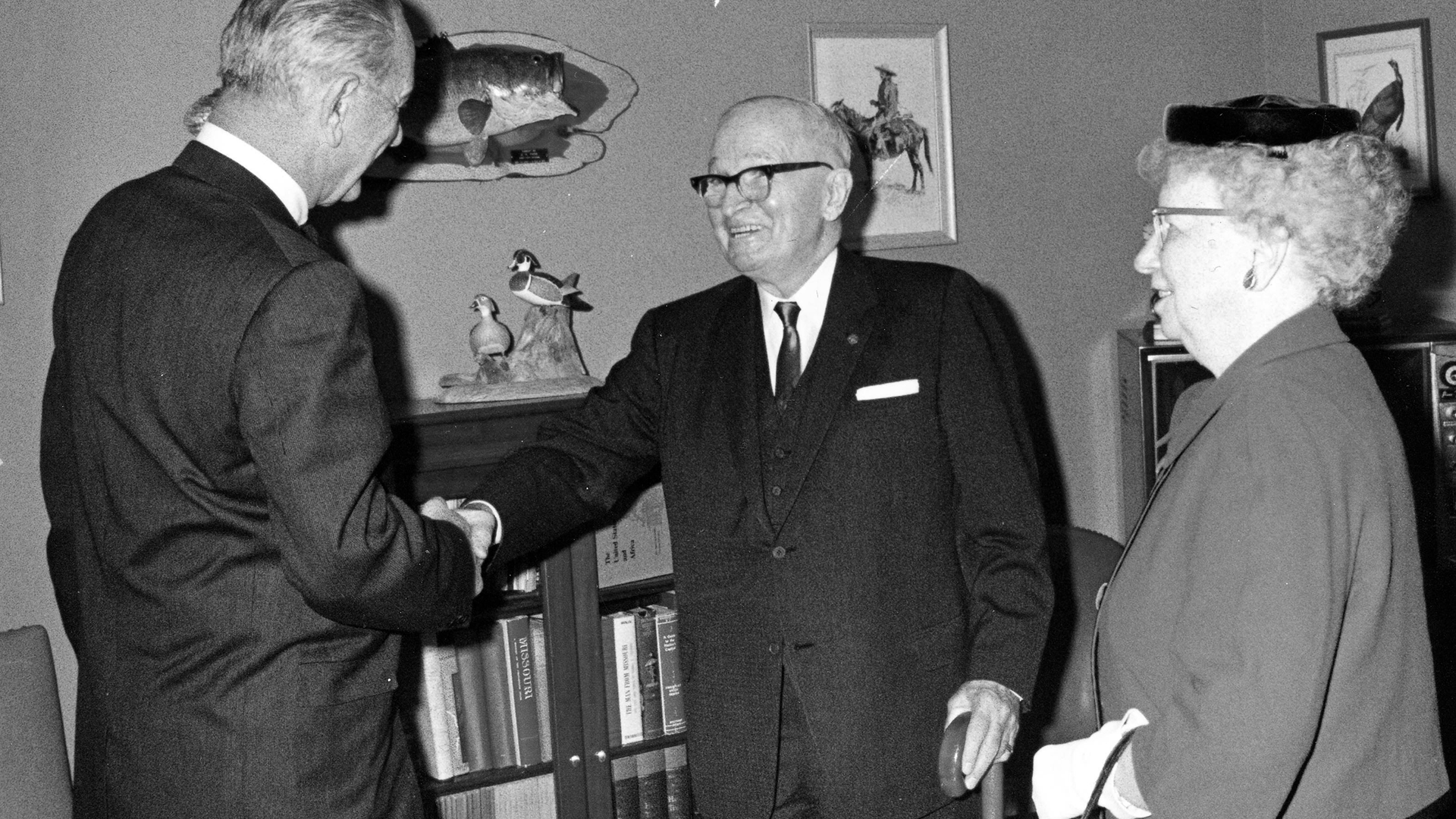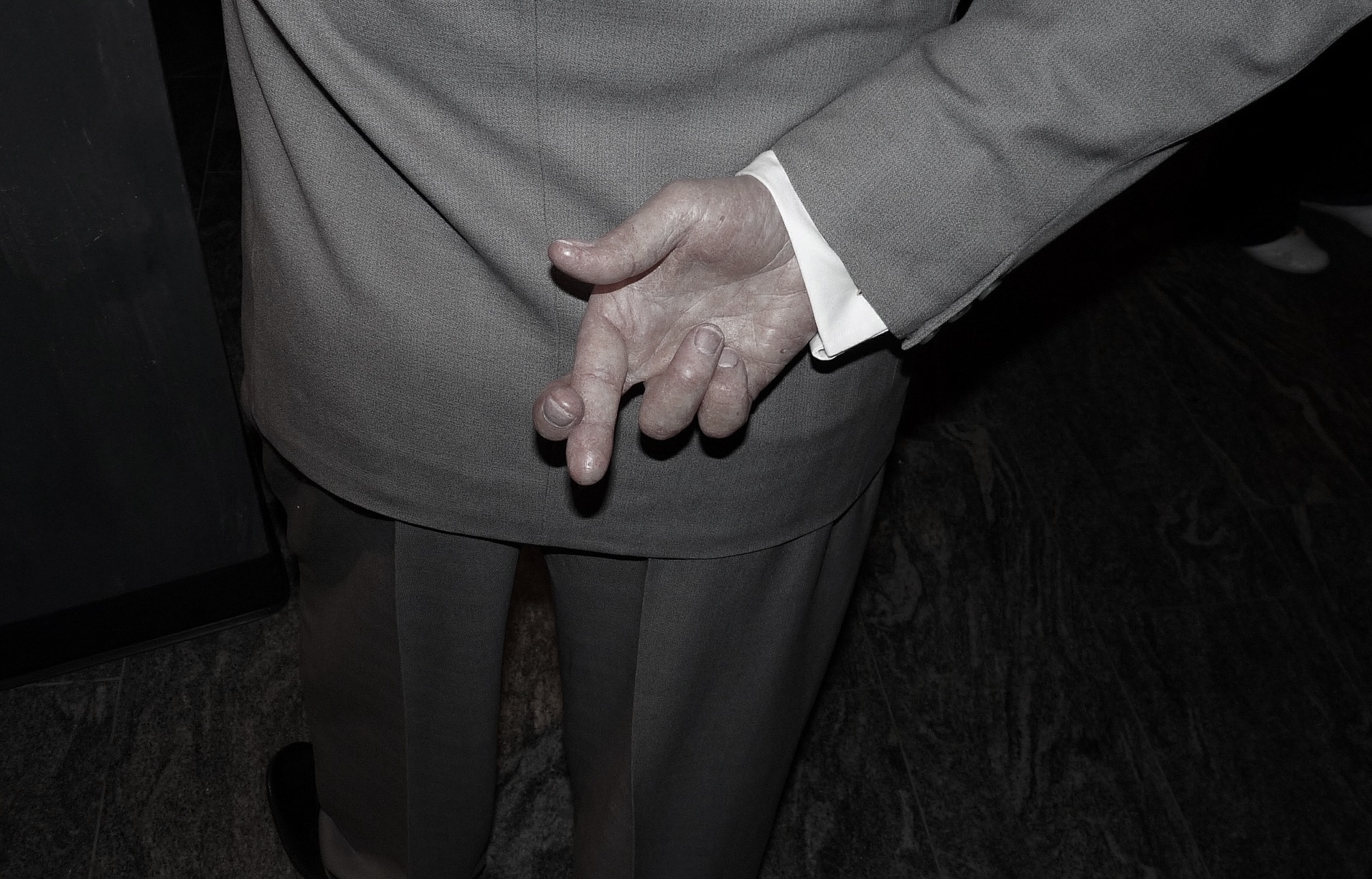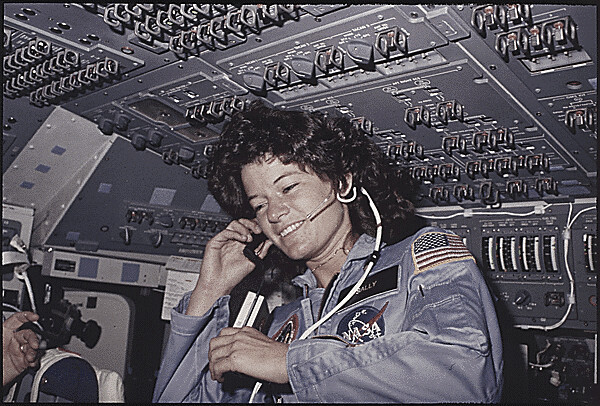Very early in the founding of A Brave New, we got one of our first gigs. We were totally stoked. And overwhelmed. Of course it was a *top secret* project for a Fortune 100 company, so we could never even share about it. Sigh.
But essentially the project was this: Build an employee competition to come up with an innovative concept for the financial services industry. We were looking to crowd source new ideas, disruptive ideas, golden goose ideas, and spur a culture of innovation and creativity. It involved the formation of teams and a 12-week curriculum with weekly homework challenges required to unlock the next week’s content. It centered around an internal website where employees formed groups, engaged with the curriculum, found samples, were inspired, and could upload coursework.
We embraced and allowed ourselves to be inspired by some extremely elegant concepts and course work that Ideo had created in human-centered design.
We immersed ourselves totally in human-centered design for months. What attracted people to a challenge like ours? What were their days like? What did they want out of the experience? How did they feel about their careers? Their ideas? What motivated them to keep going? How could we help inspire moments of creativity and innovation without being there in person with them?
The project was embraced, the project excited employees, employees formed groups, and they jumped in with all feet. It energized the whole company (we piloted in one location), and the project was generally a massive success. The level of participation and employee excitement literally blew us away.
And then … the entire team in charge of creating it was let go and they shut the new internal innovation division down.
Why?
Were new ideas no longer needed? Was the industry no longer being disrupted?
No.
Disruption is inevitable. It is happening now, everywhere. It’s probably happening to you.
Innovation is even harder.
What is design thinking?
What was once talked about as human-centered design has mostly evolved to a concept called design thinking. (Yes, there are differences, but for the purpose of this article, I want to talk about design thinking as a more mature, adaptable version of what we once called human-centered design.)
Aside: Ideo has also pivoted from human-centered design to design thinking and their wonderful IdeoU offers a course on design thinking and dedicates a portion of their website to the concept. You can also receive a certificate in design thinking from Luma Institute and other respected orgs.
What is design thinking? And how can it help us with disruption, innovation, and culture where innovation isn’t a one-time project that feels impossible to continue?
Ideo primarily talks about design thinking as approaching organizational problems, services, processes, and strategy from a design perspective, “bringing together what is desirable from a human point of view with what is technologically feasible and economically viable. It also allows people who aren’t trained as designers to use creative tools to address a vast range of challenges.”
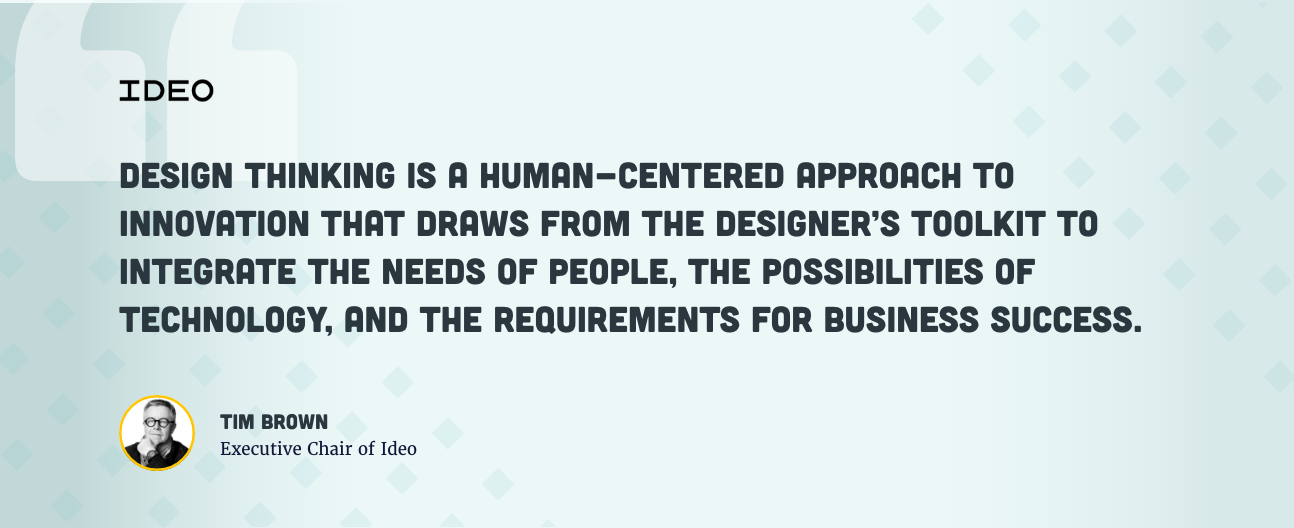
Design thinking to solve complex problems
Recently, I sat down with Hannah Berson, founder of CEO of Salt Collaboratory, to talk about design thinking for the A Brave New podcast. You can listen to our conversation here. She works with clients facing disruptions like climate change, industry regulation, pivoting to an increased focus on diversity and inclusion, and more.
Hannah shared how her consulting work evolved from traditional models into a practice centered on design thinking. “What I was finding as I was working more and more with clients, many of whom were in industries that were definitely going to be disrupted, was that the innovation challenge was bigger than any one person or one consultant could solve. Clients definitely needed a far more collaborative and innovative way to work. I was fortunate to stumble upon the world of design thinking, and it was very clear to me that this particular way of working isn't necessarily the hammer for every nail, but in situations where clients have very complex challenges, where they probably could come up with the answer with some guidance, it was going to be the right fit.”
For decades, designers have been considered the creative class—the ones with the talent, training, and inclination to think outside the box. But in an era of rapid change, an increasing number of organizations are realizing that they need to go deeper and find ways to tap into the collective creativity, wisdom, and experience of everyone in the organization. That’s where design thinking comes in. Design thinking is a human-centered approach to innovation that draws from the designer’s toolkit to integrate the needs of people, the possibilities of technology, and the requirements for business success. It’s a framework for problem solving, one that requires the user to be at the center of it all.
Hannah talks to her clients about understanding the corporate environments that they're working in, how the world used to work, how the world works today, and how this design thinking skill set can be the bridge to bring everybody's expertise together.
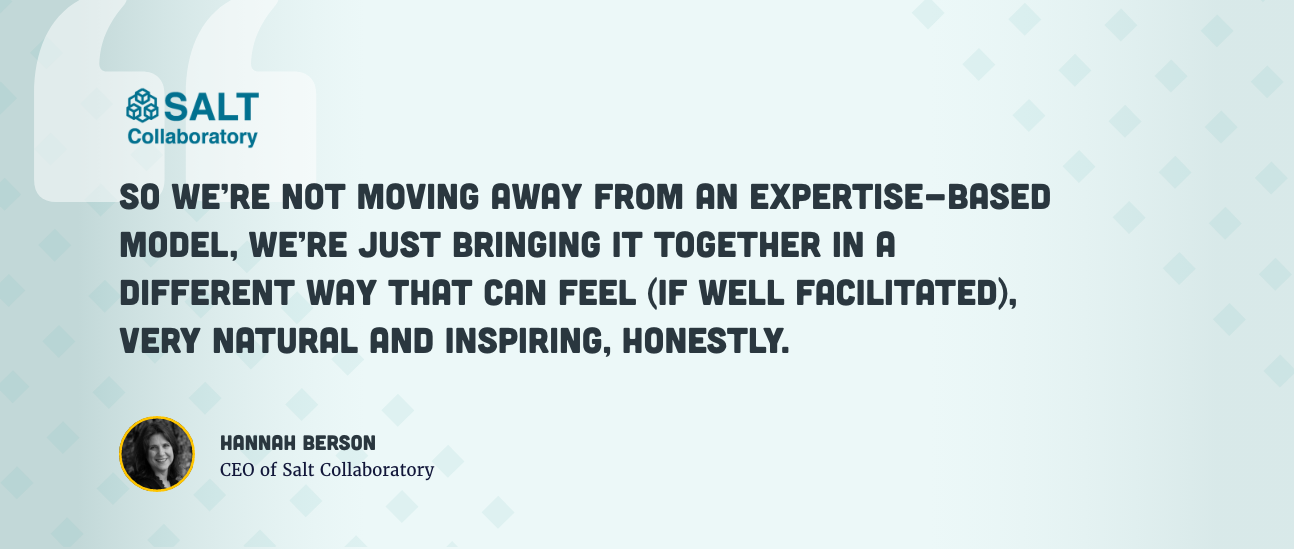
Success using design thinking
Hannah advises that design thinking is best applied for really complex challenges, and those usually occur at the strategic level. It needs to be a complex challenge that requires a diverse team of collaborators to solve and the commitment of time and energy for the participants to see the process through.
“There are so many benefits to working this way. We really create the space for everybody's input. It's magical to see how people from different departments or walks of life or experience or different levels in the hierarchy shed everything at the door, and the only thing that matters is the best idea.” People feel valued and valuable when they are able to contribute in this way.
Another benefit of the last couple years of pandemic life, working from home, and fully remote sessions, is that people also feel like they’re getting helpful training and learning new methods that contribute to their professional development. It breaks up the days of working from home when we’re used to collaborating on these kinds of projects in person.
And collaboration can still continue and be just about as effective as it is in person thanks to skilled facilitators and tools like Mural that have made visual sharing and online whiteboarding less painful.
To be successful, Hannah says the common denominator across all of her clients is the approach, openness, and curiosity of the client. It feels so great to discover that the answers are already there within your internal team already. No one knows or cares more about your organization than the people investing their time working there every day. Sometimes you just need to add a skilled facilitator to bring the right people together, ask the right questions, and create an environment in which innovation can truly happen.
And the change management process that makes innovation so difficult? Design thinking can help with that too. Instead of writing 30 documents about what you have to teach and reinforce with employees, they were at the table when the decisions were made.
ARE YOU CURIOUS ABOUT HOW A BRAVE NEW OPERATES BEHIND THE SCENES? CHECK OUT OUR RESOURCE, HOW WE WORK WITH CLIENTS (AND WHY IT WORKS).
Don’t miss out, get Brave News now
Join the ABN community and be the first to learn about trends in inbound marketing, branding, and web design.

